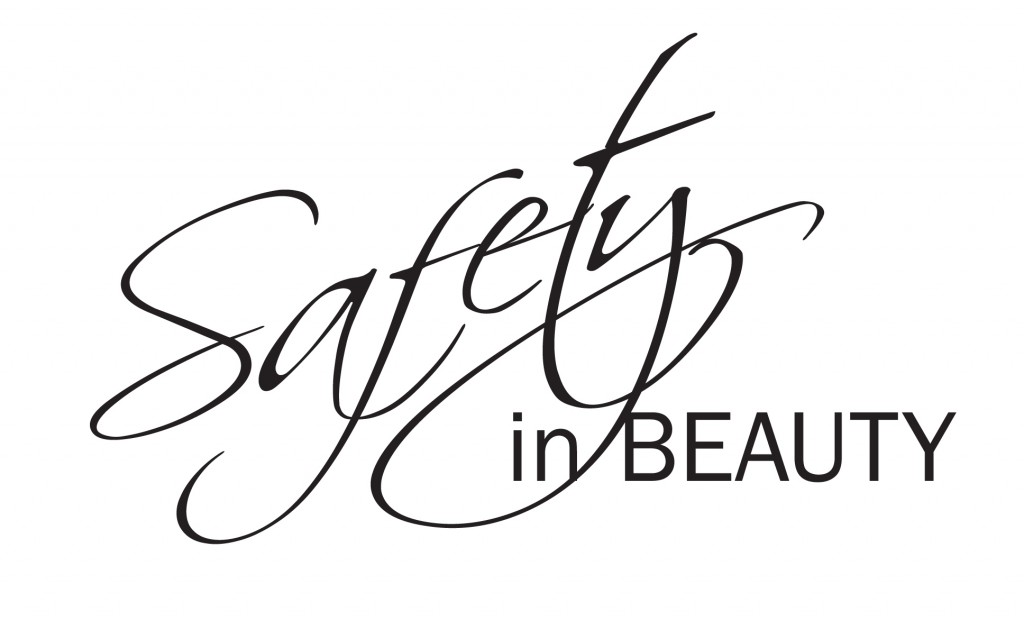When I was 22, I used to go on a ten minute sun bed session three days a week, there was no way I was ever going to look unfashionably pale.
Spray tans repulsed me (the smell and texture) and something about pale skin even though I am olive skinned and Mediterranean made me continue my uneducated and relentless addiction for eight unstoppable years, until one day what I though was a simple mole on my left upper leg suddenly seemed to grow large and metamorphosis into something quite unsightly, a passing comment by a medical friend suggested that I get it ‘looked at’
Something prompted me to do just that and when it was examined, the shocking words ‘malignant melanoma’ smacked me the face at breakneck speed. It was promptly surgically removed and I had a lucky escape, I have never risked my health on a sun bed since, I wear SPF 50, and avoid excessive natural sun exposure, and if anything I would rather see sun-beds banned worldwide, in my opinion, they are equal to cigarettes: poisonous, addictive sticks of living and breathing cancer machines”
There are around 11,000 new cases of malignant melanoma diagnosed in the UK every year, with sunbeds believed to be a significant contributor, with deaths from skin cancer now overtaking Australia, which had the highest incidence in the world. The damages of sunbed use are not always apparent until many years down the line, with most regular sunbed users reporting the only side effect of their use being a year long tan. The Health and Safety Executive (HSE) go as far to say that some of the damage caused by using sunbeds can take up to 20 years to show.
The UK Sunbed Association (TSA) aims to regulate the industry, by enforcing the EU recommendations that all commercial sunbeds should have a maximum UV intensity, which is the same of that of midday tropical sun (World Health Organisation). However, the TSA only represents around 20% of the tanning salon industry, and membership is voluntary, making regulation of the industry difficult.
A research study carried out by Cancer Research UK revealed that, worryingly, out of 400 sunbeds tested, 90% were exceeding the EU recommended limit, and some of them were even double this.
 Mary Bean, recently shared some shocking images of her skin cancer experience on a social media site, which she believes was a direct result of consistent sunbed use. Mary started using sunbeds in her mid thirties and consistently used them ‘once or twice a week for a year or two’. Only a month ago, Mary noticed a small pimple on her face that ended up being basal squamous cell carcinoma, a type of skin cancer.
Mary Bean, recently shared some shocking images of her skin cancer experience on a social media site, which she believes was a direct result of consistent sunbed use. Mary started using sunbeds in her mid thirties and consistently used them ‘once or twice a week for a year or two’. Only a month ago, Mary noticed a small pimple on her face that ended up being basal squamous cell carcinoma, a type of skin cancer.
 Although the pimple on the surface of her skin was only small, it was much bigger underneath and required a large portion of her cheek to be removed. Mary has been left with a scar on her face, but is thankfully healing well from her ordeal and has been given the all clear at the moment. “If these images help save one person, it will be worth the pain” says Mary to our campaign.
Although the pimple on the surface of her skin was only small, it was much bigger underneath and required a large portion of her cheek to be removed. Mary has been left with a scar on her face, but is thankfully healing well from her ordeal and has been given the all clear at the moment. “If these images help save one person, it will be worth the pain” says Mary to our campaign.
Whilst the TSA dispute that there is any link to sunbed use and skin cancer; their website states that ‘it is over- exposure and burning that will increase a risk of skin cancer, not responsible UV exposure’. The question is, with research showing that 90% of sunbeds don’t adhere to EU and HSE recommendations, is there such a thing as responsibly using sunbeds?
It’s not just sunbeds that are causing huge health problems for their users either. One of the other options for a “healthy” glow is even more terrifying.
Ryan Ruckledge, appeared on TV and in the press earlier this year for commenting that he would ‘rather die than be pale’. The 22 year old regularly injects himself with Melanotan, a synthetic hormone that increases the users melanin levels and makes their skin darker and more tanned. The side effects of it’s use are not actually known, because the drug has not gone through any stringent testing, but users report panic attacks, cramps and blood pressure problems. NHS choices commented that this drug is simply not legal and anyone using it should stop immediately and seek advice from their GP. However, you only have to do a quick search on social media to find people selling this injections for as little as £24.99, and hundreds of people buying them.
As a Safety in Beauty Campaign Founder, this is another area of the beauty industry that needs far more regulation. But not only that, it proves that more education surrounding the dangers of using intentional tanning products such as sunbeds and injectable synthetic hormones is desperately needed. No one should be ‘dying for a tan’.
Content, Research, Data by Safety in Beauty Writer: Naomi Nissen & Additional Words By Antonia Mariconda
